A Guide to Responsibly and Safely Rehoming a Pet
Rehoming a pet isn’t anyone’s dream plan, but life doesn’t always check in before it changes course. If a pet needs a new home, making sure the transition is safe matters more than ever. This guide offers practical ways to approach rehoming that keep your pet’s well-being front and center, and help everyone sleep a little easier once the leash changes hands.
Start with the Adoption Contract
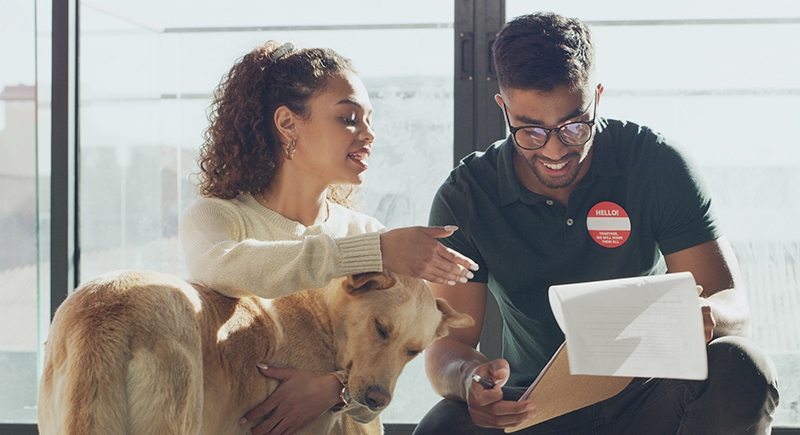
Credit: iStockphoto
Before searching for a new home, double-check the original adoption or breeder agreement. Many shelters and responsible breeders include a clause requiring pets to be returned if the owner can no longer care for them. These groups often have waiting lists, resources, or foster systems.
Don’t Sugarcoat the Truth

Credit: pexels
It’s easy to want your pet to look good on paper, but omitting challenges can backfire fast. Be honest about behavior, energy levels, medical needs, and past incidents. If your dog has bitten someone or your cat hates other cats, say so. Clear info helps potential adopters prepare.
Skip Craigslist and Go Pro

Credit: pexels
Sites like Craigslist may be quick, but they’re risky for pets. There are plenty of unscreened strangers, scams, or worse—no background checks or accountability. Instead, use reputable platforms like Rehome by Adopt-a-Pet or Petfinder, or reach out to breed-specific rescues. These organizations often vet applicants and do home checks.
Talk to People You Already Know

Credit: pexels
Someone in your social circle might be a perfect fit. Ask friends or family members if they—or someone they know—is looking to adopt. Pets often transition more smoothly to familiar faces, and you’ll have peace of mind knowing exactly where they went.
Make the Vet Part of the Plan

Credit: Canva
Your vet’s office can be surprisingly helpful when it comes to rehoming. They may know other clients looking for a pet, especially if your animal has special needs. Vets can also help transfer medical records and microchip info, and even set up your pet’s next appointment with the new owner.
Look Into Short-Term Foster Options

Credit: pexels
Not all situations require permanent rehoming. Short-term foster care could bridge the gap if your circumstances are temporary, like a medical recovery or job loss. Local rescues sometimes offer fostering programs, and pet sitters may be open to longer arrangements.
Create a Pet Resume

Credit: Instagram
Treat it like a profile, not a pitch. Include feeding routines, medications, favorite toys, personality quirks, what stresses them out, and how they act around other animals or children. The more details you offer, the easier it’ll be for the new owner to step up.
Don’t Skip the Rehoming Fee

Credit: pexels
Even if money’s not the point, charging a small fee discourages casual or careless adopters. A modest rehoming fee shows commitment and filters out people looking to flip pets for profit or take them without serious intent.
Plan for a Home Visit or Video Chat

Credit: pexels
It’s important to see how they interact with your pet or get a feel for their home. It also gives them a chance to learn more in a relaxed way. A short visit could make a big difference in your confidence in handing over the leash.
Include Something Familiar
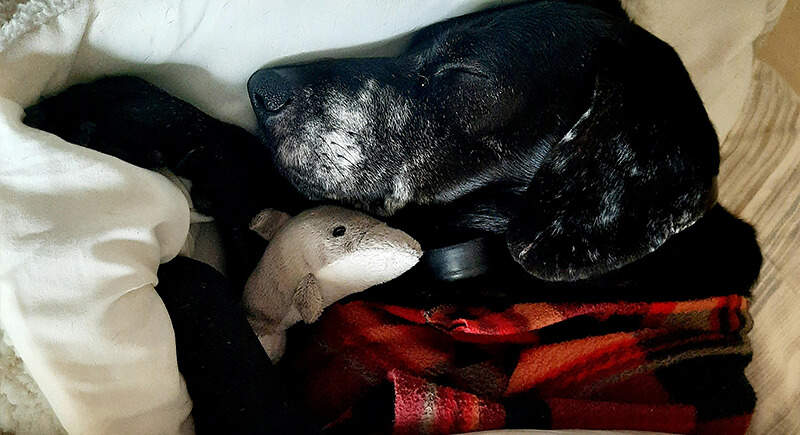
Credit: pexels
Leaving with a new owner can be overwhelming, even for the chillest pets. Pack their favorite toy, a blanket that smells like home, or a few days’ worth of their usual food. Small comforts can ease the transition, especially during those first few nights.
Update Microchip Information
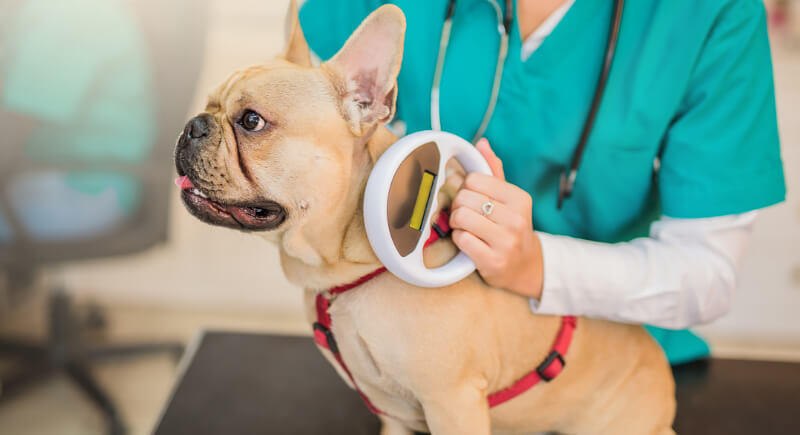
Credit: Getty Images
Microchips don’t update themselves. You’ll need to contact the registry and formally transfer ownership. In British Columbia, for example, that’s done through the BC Pet Registry. Make sure the new owner is listed correctly. It’s a simple but crucial step in case your pet ever gets lost.
Avoid Emotional HandOffs

Credit: Getty Images
It’s hard to say goodbye, but drawn-out, emotional farewells can confuse and stress out pets. Keep the transition steady and calm. Think about what your pet needs at that moment: stability and confidence. You can fall apart later, away from their new home’s driveway.
Watch Out for Common Red Flags
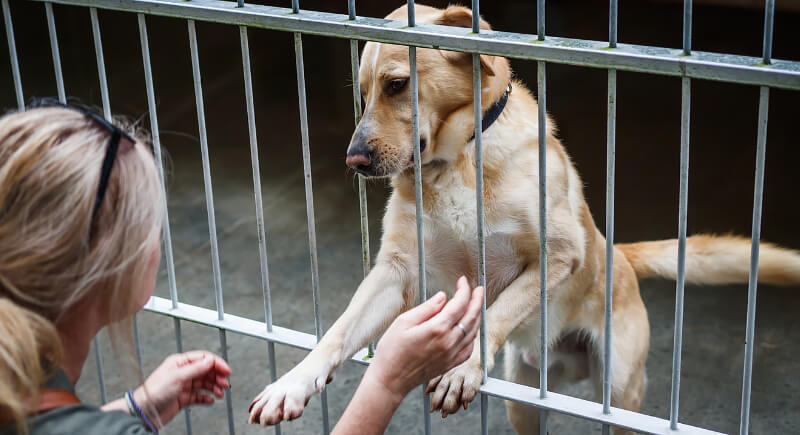
Credit: Getty Images
If someone rushes the process or seems more interested in your dog’s breed than their personality, pause. A good adopter will be patient and understand the responsibility they’re taking on. Pay attention to your instincts—they’re usually right when something feels off.
Follow Up After the Handoff

Credit: pexels
Some new owners are open to staying in touch, and if so, it’s a great way to ease into the change. A quick photo, text, or update can help you adjust, too. Just be respectful—once the pet’s no longer yours, it’s their space.
Include Legal Backup in Your Will
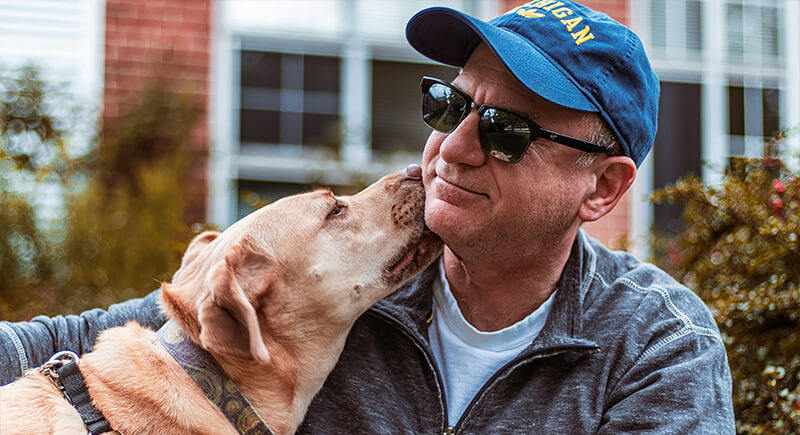
Credit: pexels
Even if rehoming isn’t something you’re doing now, make a plan for what happens if you can’t care for your pet in the future. Specify guardianship in your will, and consider a trust for their care. Life throws curveballs, and pets deserve to be part of the long-term plan.